incl. VAT plus shipping costs
Immediate delivery, express possible ![]()
Only 4 itemleft in stock
- Item no: 2262
Fast delivery times
All products are in stock with us!14 years of breeding experience
Let our team of experts advise you!High customer satisfaction
from over 3,000 reviews "The Towuti crab, also called rusty brown Sulawesi crab, belongs to the species Parathelphusa ferruginea and originates from Lake Towuti and Lake Mahalona and their tributaries on Sulawesi. There it is widespread and lives between, on and under stones on sandy bottom. One sees the active animals also in the aquarium often during the day.
The dorsal carapace is always of a velvety rusty red, the legs are quite variable in color. The animals grow up to 5 cm. They reach an age of several years. Females and males are about the same size, but they can be safely distinguished by the shape of the abdominal valve - in females it is in the shape of a U, in males in the shape of a V.
Although Parathelphusa ferruginea are purely aquatic crabs, it is recommended to offer them a place to sit above the water surface. The animals are skilled climbers, the aquarium must therefore be covered without gaps.
With reaching the sexual maturity the Towuti crab becomes aggressive also against own conspecifics. A single keeping is therefore preferable. A pair should be kept only in large, really very well structured aquariums (from 100 cm length). The rearing of the young is possible in fresh water.
Parathelphusa ferruginea is an omnivore, but prefers animal food. Brown autumn leaves should always be present in the aquarium. It is a skillful hunter, eats fish, shrimp and snails and therefore should not be socialized.
They need to be acclimated to new water slowly, but are then quite tolerant of water values.
Our food recommendation: We recommend Crayfish feed from Natureholic.
Our plant recommendation: For planting, use NatureHolic InVitros. These are free of snails, planarians and other unwanted co-inhabitants. Also free of algae spores, bacteria and fungi.
Expert Tip: We recommend for fish keeping the NatureHolic 3 Phase Liquid. The care set offers the best all-round protection for your animals. It ensures optimal conditions for successful breeding and keeping.
| Scientific name | Parathelphusa ferruginea Chia and Ng, 2006 |
| German name: | Towuti crab, rusty brown Sulawesi crab, cherry red Sulawesi crab |
| Difficulty level: | suitable for informed beginners |
| Origin/distribution: | Towuti and Mahalona lakes and tributaries, Sulawesi, Indonesia |
| Coloration: | Carapace rust red, legs and claws light beige to rust red, possibly purple |
| Age expectancy | several years |
| Water parameters: | GH 8 to 13, KH 3 to 8, pH 7 to 8.5, temperature 22 to 28 °C |
| Tank size: | 80 cm and above, for a pair 100 cm and above |
| Food | Snails, frozen food, special crab food, brown autumn leaves, vegetables, fruit, proteinfood |
| Reproduction | after several weeks of gestation, finished juvenile crabs hatch that are viable in freshwater |
| Behavior | territorial, skilled hunter |
| Socialization | a species tank is preferred |
| Further information | Colorful jewels in the terrarium - land crabs of the genus Geosesarma, micro crabs, Limnopilos nayanetri - The smallest crab in the world!, Keeping mangrove crabs |
- Item no: 2262
- EAN No.: 7427061469325
sehr gut
super Krabbe, auch von ansprechender Größe. Veträgt sich gut mit meinen 4 anderen Krabben (Pantherk. + Mantanok.), dazu einige Halbschnabelhechte (Oberflächenfische) und kleinbleibende Schmerlen vom Inlesee (Yunannilus cruciatus + brevis) sowie Garra flavatra. Alles in einem versteckreichen (Holz, Lochgestein) und bespflanztem (Anubias auf Holz gebunden und Bucephalandra auf Holz an den Scheiben im oberen Bereich) 240 l Becken.
Entdecke die Garnelio Welt!
Garnelio gehört zu den größten Onlineshops für wirbellose Aquarientiere weltweit.
Viele Artikel gibt es exklusiv nur bei uns im Shop.




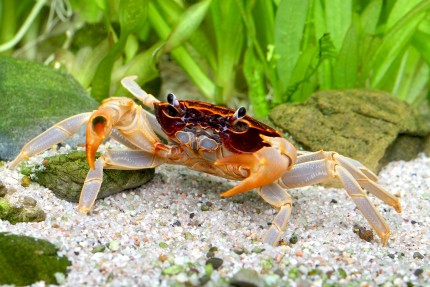
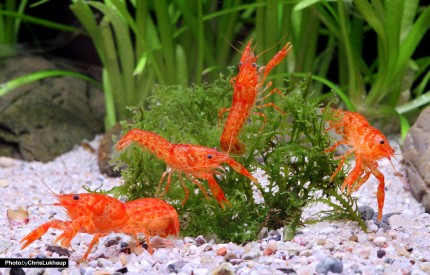
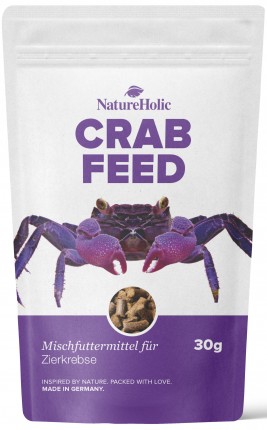

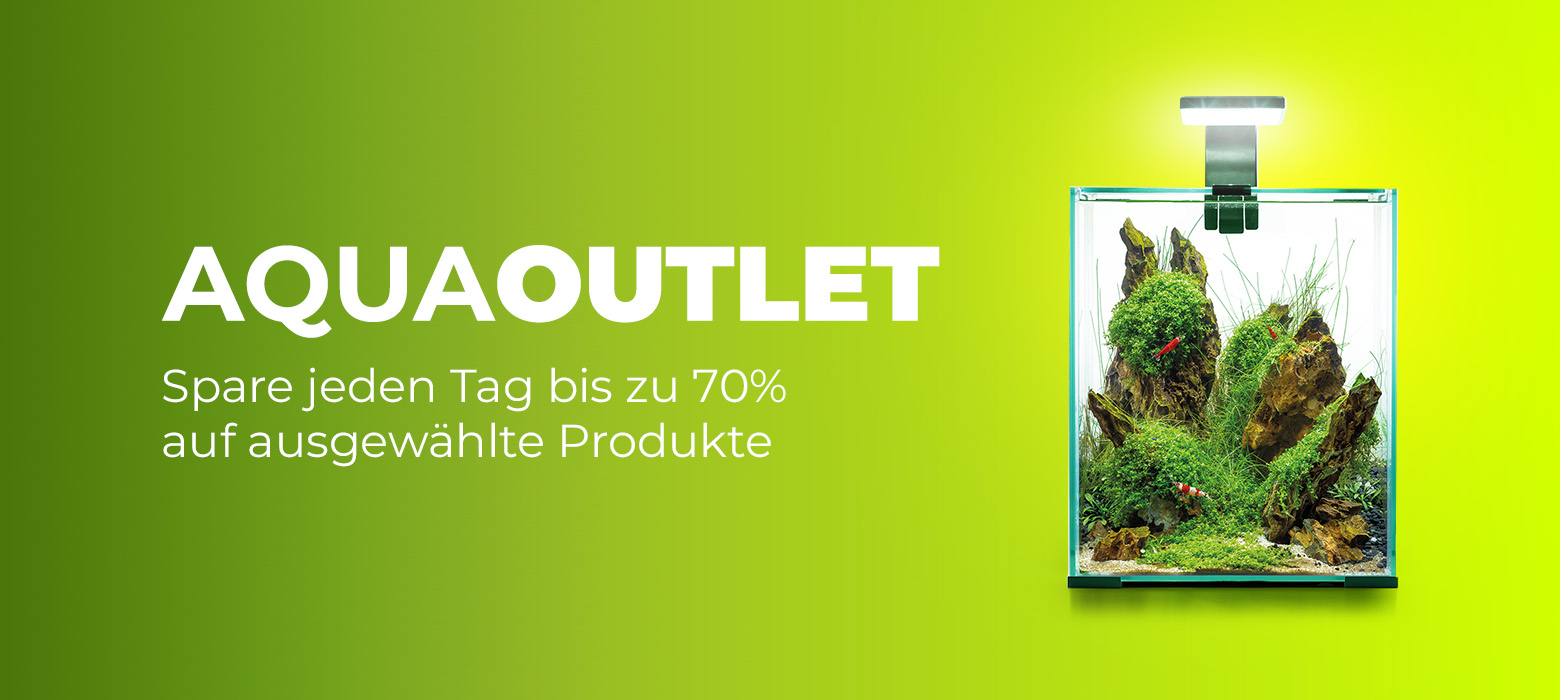


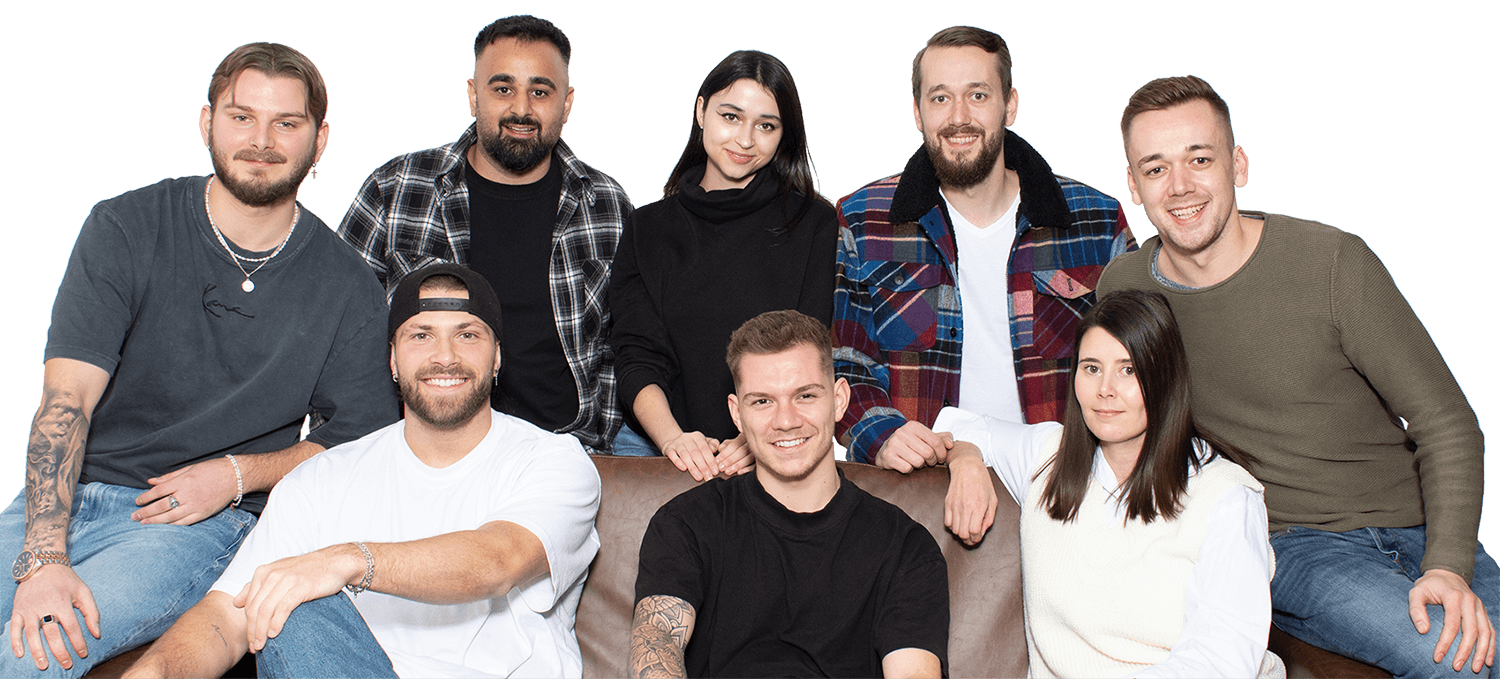
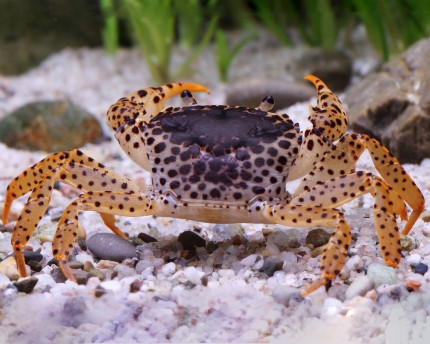
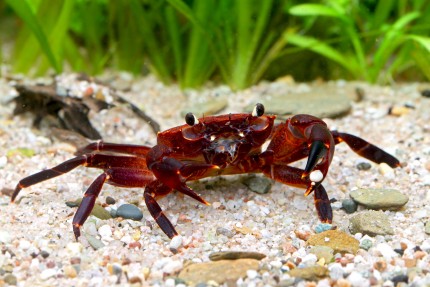
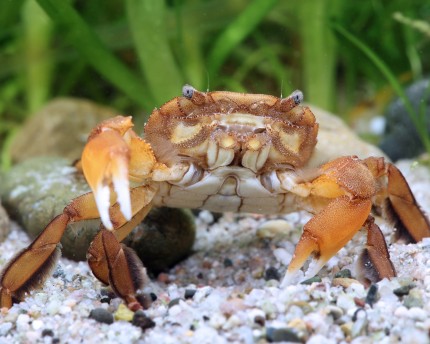
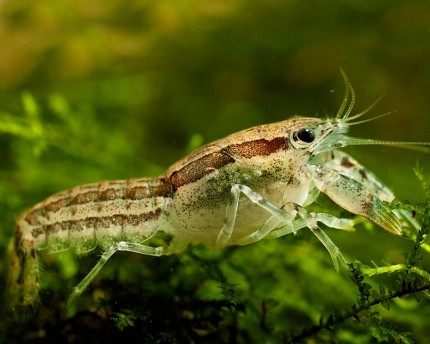

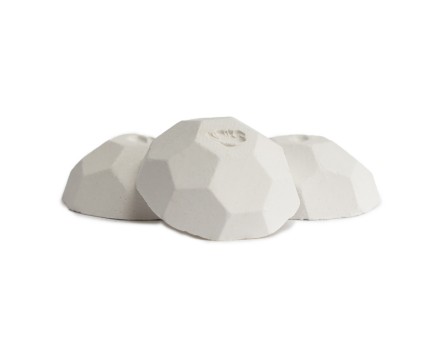
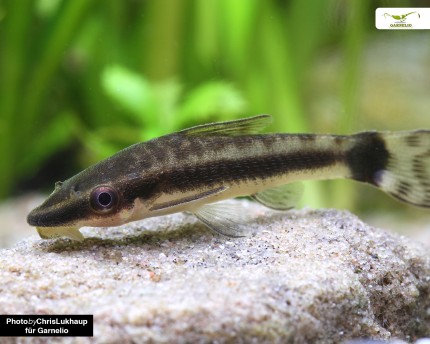
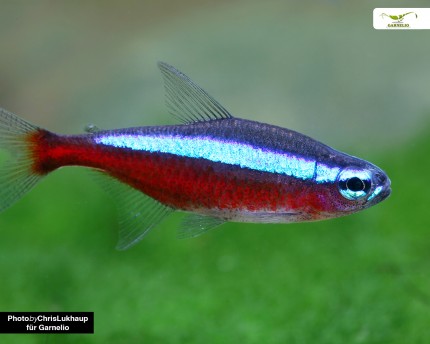
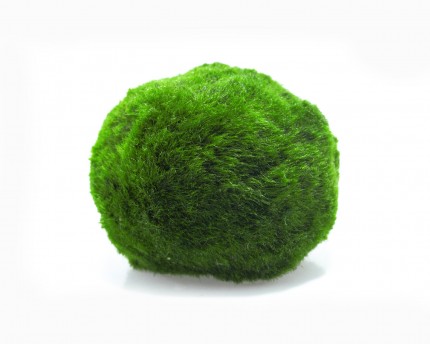
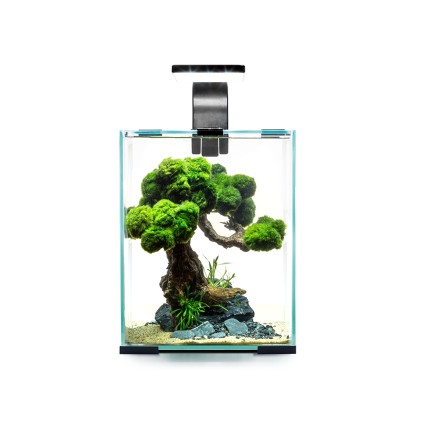


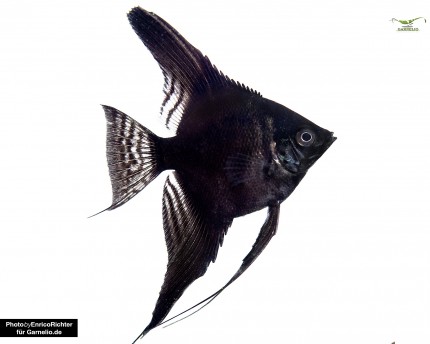
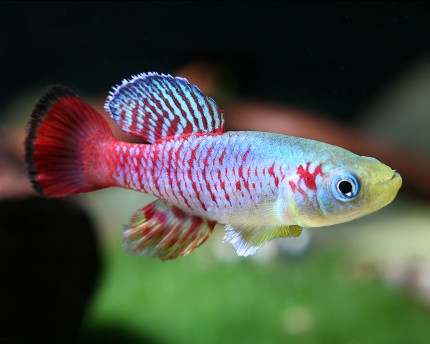
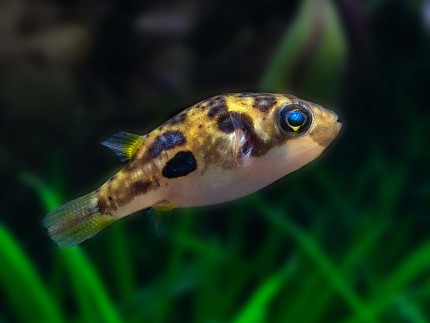
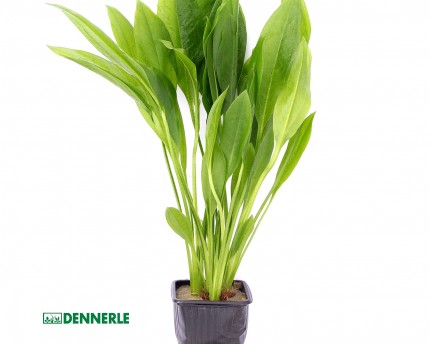
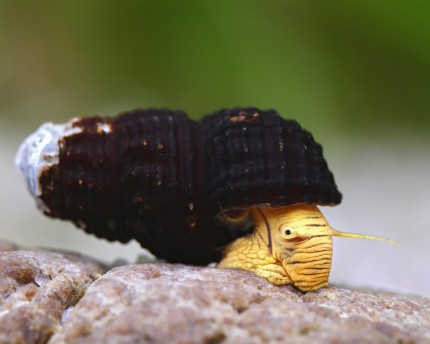
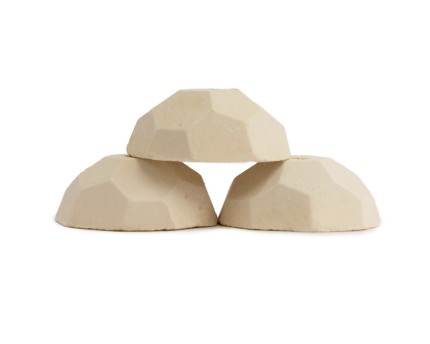
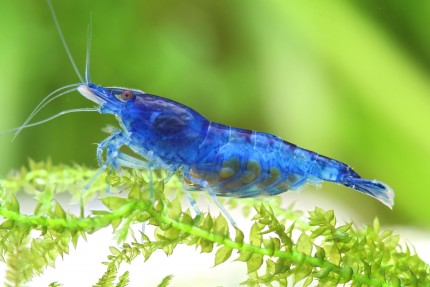
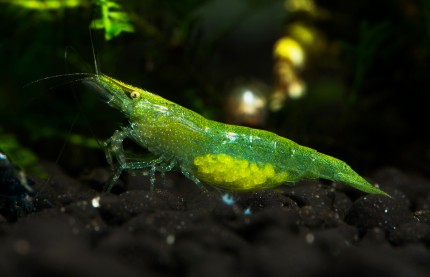
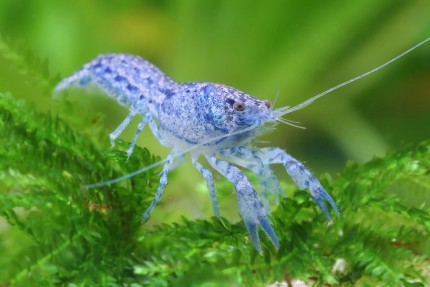
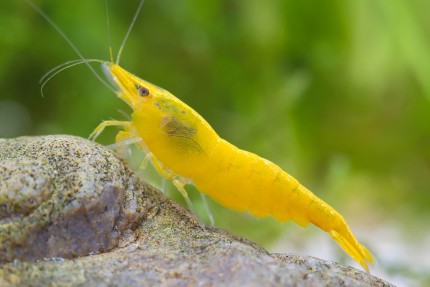
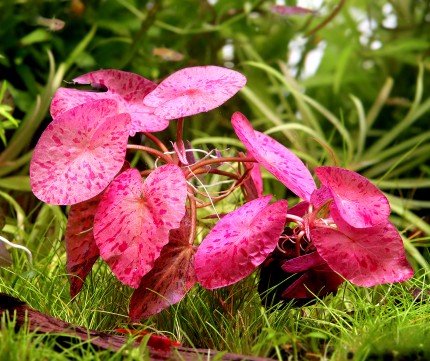
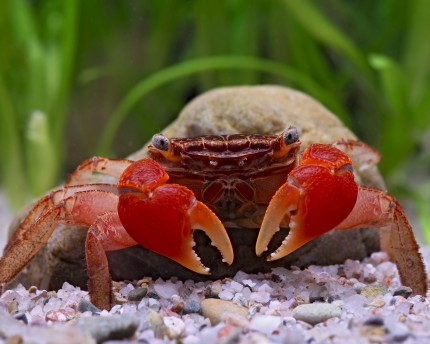
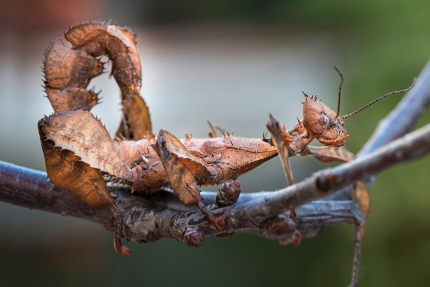
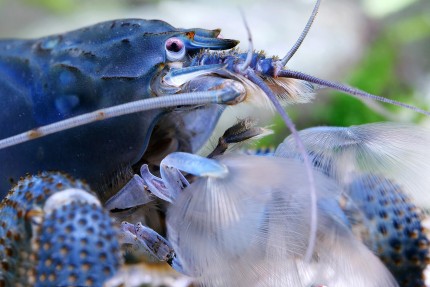
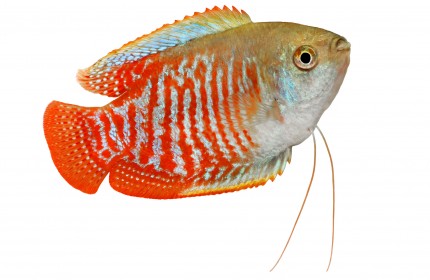
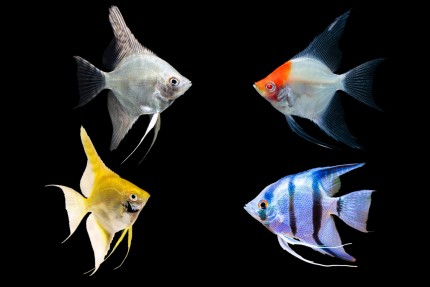
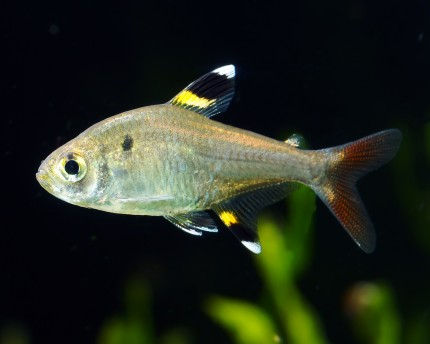

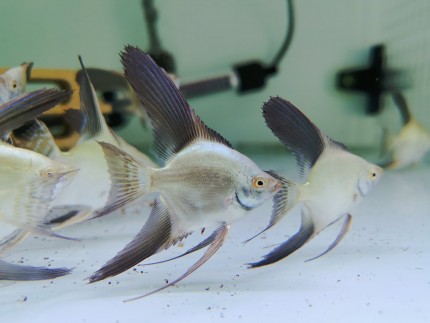
The fields marked with * are required.
I have taken note of the privacy policy.
sehr gut
super Krabbe, auch von ansprechender Größe. Veträgt sich gut mit meinen 4 anderen Krabben (Pantherk. + Mantanok.), dazu einige Halbschnabelhechte (Oberflächenfische) und kleinbleibende Schmerlen vom Inlesee (Yunannilus cruciatus + brevis) sowie Garra flavatra. Alles in einem versteckreichen (Holz, Lochgestein) und bespflanztem (Anubias auf Holz gebunden und Bucephalandra auf Holz an den Scheiben im oberen Bereich) 240 l Becken.